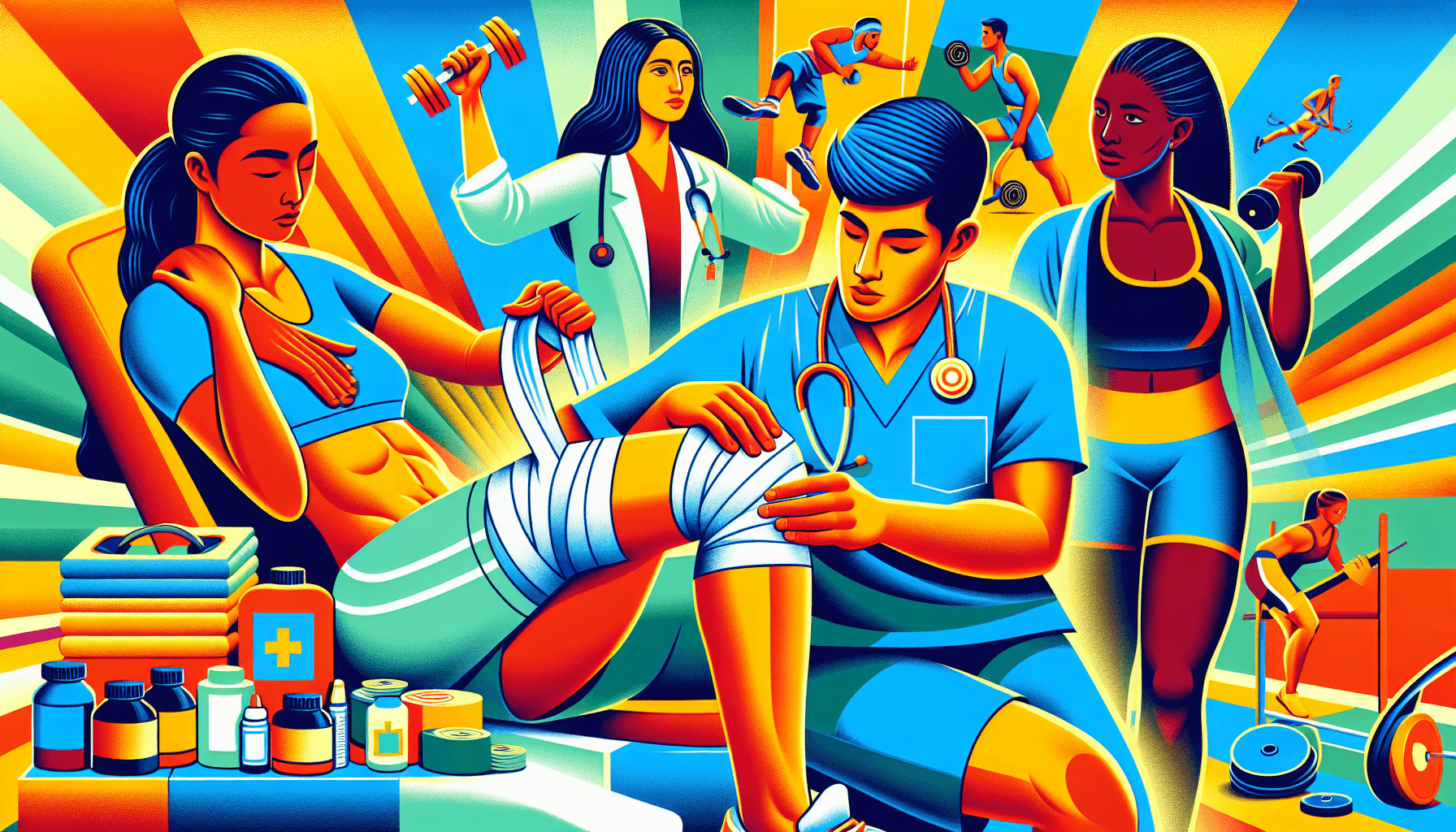Sports medicine plays a crucial role in the prevention and management of injuries in athletes. Whether you are a professional athlete, a weekend warrior, or simply someone who enjoys staying active, understanding the importance of sports medicine can help you stay healthy and perform at your best.
What is Sports Medicine?
Sports medicine is a specialized branch of medicine that focuses on the treatment and prevention of sports-related injuries. It encompasses a wide range of healthcare professionals, including doctors, physiotherapists, athletic trainers, and nutritionists, who work together to support athletes in their pursuit of optimal physical performance. Sports medicine practitioners not only treat injuries but also provide valuable guidance on injury prevention, rehabilitation, and performance enhancement.
With the growing popularity of sports and the increasing demands on athletes, sports medicine has become an essential component of healthcare for athletes of all levels. Whether you are a professional athlete or someone who enjoys recreational activities, incorporating sports medicine principles into your routine can significantly improve your overall well-being.
The Role of Sports Medicine in Injury Prevention
One of the primary focuses of sports medicine is injury prevention. Proper injury prevention strategies can help athletes reduce the risk of sustaining injuries and increase their longevity in their respective sports. Here’s why sports medicine is crucial for injury prevention:
- Evaluation of Risk Factors: Sports medicine professionals are trained to assess an athlete’s biomechanics, strength, flexibility, and movement patterns. By identifying any imbalances or weaknesses, they can develop personalized training programs to address these issues and mitigate the risk of injuries.
- Education on Safe Training Techniques: Sports medicine practitioners provide education on proper warm-up and cool-down techniques, stretching exercises, and correct form during training and competition. By following these guidelines, athletes can prevent overuse injuries, muscle strains, and other common sports-related injuries.
- Monitoring Workload: Overtraining and inadequate rest can increase the risk of injuries in athletes. Sports medicine professionals can help athletes monitor their training load, adjust their training intensity, and incorporate appropriate rest and recovery periods to prevent overuse injuries and optimize performance.
By working closely with sports medicine professionals and following their guidance, athletes can minimize the risk of injuries and maintain their physical health over the long term, allowing them to continue participating in sports and activities they love.
The Importance of Early Intervention
Despite the best preventive measures, injuries can still occur. This is where sports medicine truly shines by providing early intervention and comprehensive care for athletes. Here’s why timely intervention is essential:
- Accurate Diagnosis: Sports medicine professionals specialize in diagnosing sports injuries accurately. With their expertise in musculoskeletal assessment and imaging techniques, they can identify the root cause of the problem and develop an effective treatment plan.
- Effective Treatment Options: Sports medicine practitioners utilize a variety of treatment options tailored to the specific injury and individual needs of the athlete. These may include physiotherapy, rehabilitation exercises, manual therapy, or in some cases, minimally invasive procedures. The goal of treatment is not only to relieve pain but also to restore function and facilitate a safe return to sports and activities.
- Rehabilitation and Injury Prevention: After an injury, sports medicine professionals focus on not just recovery but also on preventing future injuries. They develop rehabilitation programs that not only help athletes regain strength and mobility but also correct any underlying imbalances or weaknesses that contributed to the initial injury.
By seeking early intervention from sports medicine practitioners, athletes can ensure that they receive the appropriate care and treatment needed to recover quickly and resume their activities as safely as possible.
Conclusion
The importance of sports medicine for injury prevention cannot be overstated. Whether you are an elite athlete or someone who enjoys an active lifestyle, incorporating sports medicine principles into your routine can help you stay healthy, prevent injuries, and optimize your performance. From evaluating risk factors and providing education on safe training techniques to offering early intervention and comprehensive care, sports medicine professionals play a vital role in supporting athletes throughout their journey. So, take advantage of the expertise and knowledge of sports medicine professionals, and prioritize your physical health and well-being.
Click here to learn more about how sports medicine can help you reach your fitness goals and prevent injuries.

